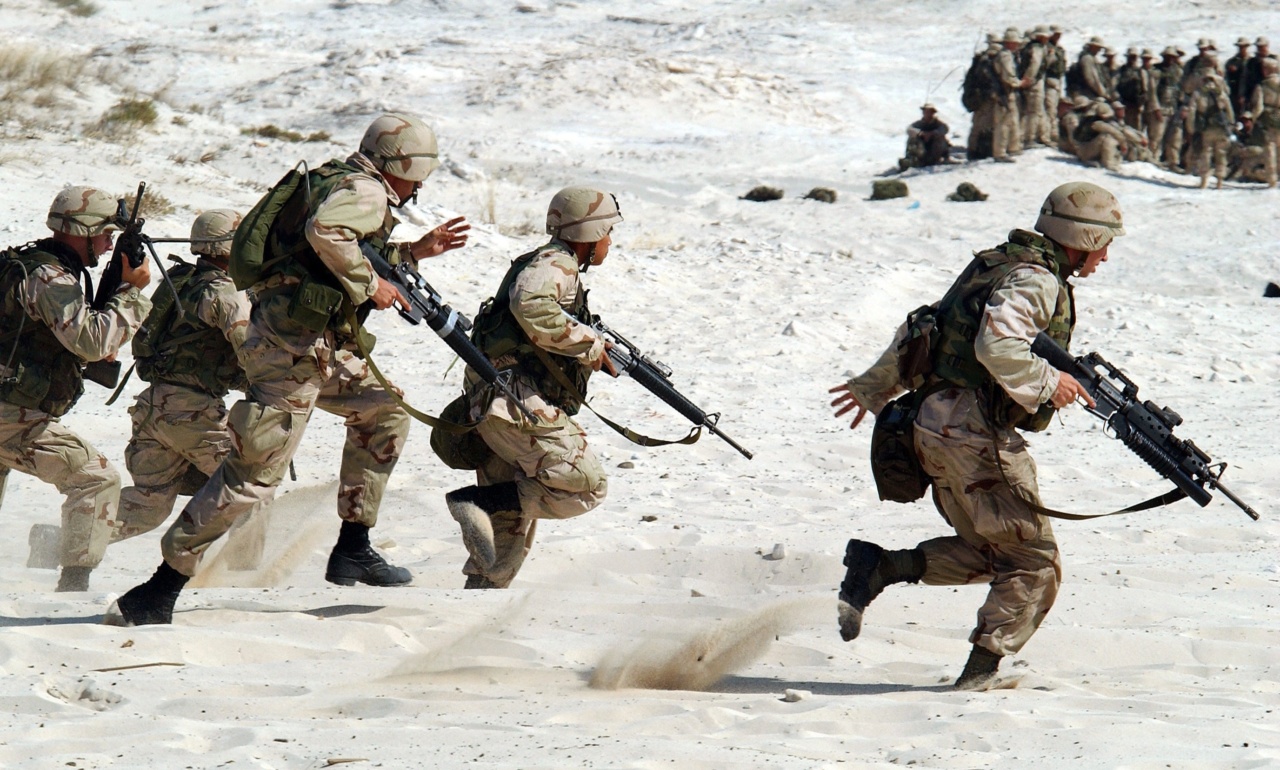Orthostatic hypotension, or postural hypotension, is a medical condition characterized by a sudden drop in blood pressure when a person stands up from a seated or lying position.
This drop in blood pressure can cause dizziness, lightheadedness, and in some cases, fainting. It is a common condition that affects people of all ages, but it is more prevalent in older adults.
Causes of Orthostatic Hypotension
There are several factors that can contribute to orthostatic hypotension. These include:.
- Dehydration: Not having enough fluid in the body can cause a decrease in blood volume and subsequently lower blood pressure.
- Medications: Certain medications like alpha blockers, beta blockers, diuretics, and antidepressants can lower blood pressure and increase the risk of orthostatic hypotension.
- Neurological conditions: Conditions such as Parkinson’s disease, multiple system atrophy, and autonomic neuropathy can disrupt the body’s normal blood pressure regulation mechanisms.
- Heart conditions: Certain heart conditions like heart failure, heart valve problems, and irregular heart rhythms can contribute to orthostatic hypotension.
- Prolonged bed rest: Being confined to bed for an extended period can lead to a decrease in blood volume and weaken the body’s ability to regulate blood pressure.
Symptoms of Orthostatic Hypotension
People with orthostatic hypotension may experience the following symptoms:.
- Dizziness
- Lightheadedness
- Fainting or syncope
- Blurred vision
- Nausea
- Fatigue
- Confusion or difficulty concentrating
- Headache
- Shortness of breath
Diagnosing Orthostatic Hypotension
If you suspect you have orthostatic hypotension, it is important to consult with a healthcare professional for a proper diagnosis. The healthcare provider will review your symptoms and medical history, and may perform the following tests:.
- Tilt table test: This test involves being strapped to a table that is tilted to different angles to monitor changes in blood pressure and heart rate.
- Orthostatic blood pressure measurement: This test measures blood pressure and heart rate while lying down, sitting, and standing to detect any significant drops.
- Blood tests: Blood tests may be conducted to check for underlying conditions such as anemia or diabetes.
- EKG/ECG: This test records the electrical activity of the heart to identify any abnormalities.
Treatment and Management of Orthostatic Hypotension
While there is no cure for orthostatic hypotension, there are several treatment and management strategies that can help alleviate symptoms and improve quality of life.
1. Increase fluid intake
Staying well-hydrated is essential to maintain adequate blood volume and prevent dehydration-related drops in blood pressure. Aim to drink at least 8 glasses of water per day, unless restricted by another underlying medical condition.
2. Avoid sudden position changes
To minimize the symptoms of orthostatic hypotension, it is advisable to change positions slowly. When transitioning from lying down or sitting to standing, take your time and allow your body to adjust.
3. Compression stockings
Wearing compression stockings can help improve blood circulation by applying pressure to the lower limbs, reducing the pooling of blood in the legs and minimizing the drop in blood pressure upon standing.
4. Medication adjustments
If medications are contributing to orthostatic hypotension, your healthcare provider may adjust the dosages or prescribe alternative medications to manage the condition better.
5. Dietary changes
Increasing salt intake with your healthcare provider’s guidance can be beneficial for some individuals as it helps retain fluid and raise blood pressure.
However, it is important to evaluate this option carefully, especially for individuals with preexisting conditions like high blood pressure or kidney problems.
6. Regular exercise
Engaging in regular physical activity, under the guidance of a healthcare professional, can improve overall cardiovascular health and help regulate blood pressure more effectively.
7. Small, frequent meals
Consuming smaller, more frequent meals can prevent postprandial hypotension, a drop in blood pressure after eating, which can exacerbate orthostatic hypotension symptoms.
8. Elevate the head of the bed
Raising the head of the bed by a few inches can prevent blood pooling in the legs during sleep and reduce the symptoms experienced upon waking up.
9. Avoid alcohol and caffeine
Alcohol and caffeine can contribute to dehydration and worsen symptoms of orthostatic hypotension. Limit or avoid consumption of these substances.
10. Use caution with hot showers and baths
Hot water can cause blood vessels to dilate, leading to a drop in blood pressure. Take caution and consider cooler water temperatures when bathing.
When to Seek Medical Attention
While orthostatic hypotension can be managed effectively with lifestyle modifications, there are instances when medical attention should be sought:.
- If symptoms worsen despite self-care measures
- If fainting episodes occur
- If chest pain or shortness of breath is experienced
- If there are signs of heart palpitations or irregular heartbeat
- If there are underlying medical conditions contributing to orthostatic hypotension
It is crucial to communicate any concerns or changes in symptoms to a healthcare professional for appropriate evaluation and guidance.




























